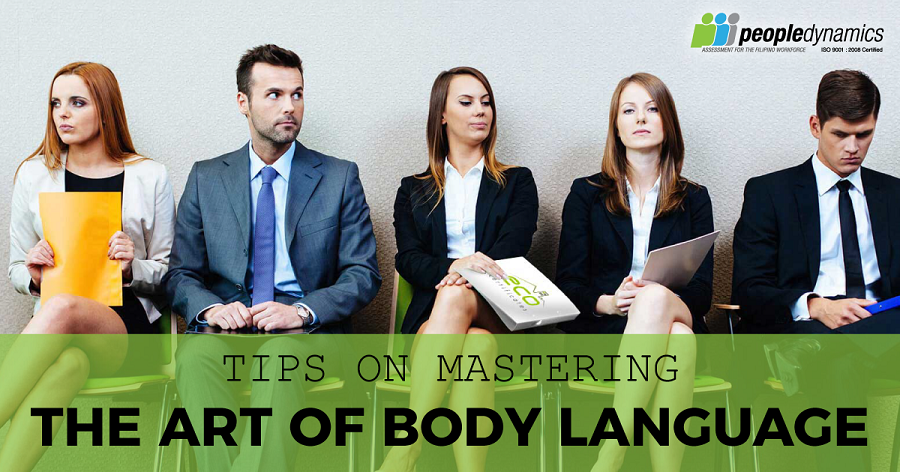Previously, we discussed how in sales, people buy people first, emphasizing how a customer’s trust in the salesperson may close or lose the deal. But, trust is not just because of a person’s words. This is where body language or non-verbal communication comes in.
When you communicate or connect with a person, you have to make sure that the message you intend to deliver is interpreted the way you mean it. Your words should be supported by your body language or you would be accused of lying or exaggerating. So, what can you do to master the art of body language? Keep the following in mind.
Simple Tips in Mastering Body Language
Sitting
The way you sit says a lot about your personality. Depending on your sitting position, it could mean that you’re confident, nervous, tensed, and much more. When you’re speaking with someone, your position may come across as disinterested, bored, or defensive and may offend him or her. Different sitting positions are acceptable in different social settings.
In a business setting, you should always sit straight, with your legs closed, crossed at the knees or the ankles. But not stiffly! Even with your posture intact, relax. Make sure to turn to the person you’re talking to when they speak to show your attentiveness.
Standing
When standing, keep your back straight, shoulders back and head up. This shows that you are comfortable with yourself and at ease in the situation. Slouching, sticking your belly out, stuffing your hands in your pockets and folding your arms defensively are all a big no-no. These gestures suggest aggressive unease. Keeping your head down, winding yourself, having your ankles crossed and arms holding themselves suggest insecurity and nervousness. Slouching with your arms folded across your chest, you give the impression that you are tired, defensive and uninterested.
Hands Gestures
When we talk, we often don’t notice how our hands move. It’s more of an unconscious movement. When you direct someone, your hands automatically point to the direction you want to. Or when you’re talking about sizes, your hands follow to form a comparison.
You could talk with your hands. That’s why you should be careful with how you use it. Depending on your hand gestures, what you’re saying can be more effective.
Head Movements
Nod when you agree, and shake your head when not. But always, don’t do too much or too little. Too little head movements may convey hesitation, while too much will suggest enthusiasm or aggressiveness.
Eye Contact
Maintain eye contact when talking with others. When in a group, make it a point to make eye contact with everyone and not just one person.
Smile
A line in a song by Louie Armstrong goes like this, “When you’re smilin’, the whole world smiles with you.” When you face someone with a frown, their automatic reaction is to frown, too. If you want to talk with someone comfortably, smile first.
There have been a lot of cases where a person’s body language tells more than what his or her words communicate. So, make sure that you’re non-verbal communication is in sync with your verbal ones.




